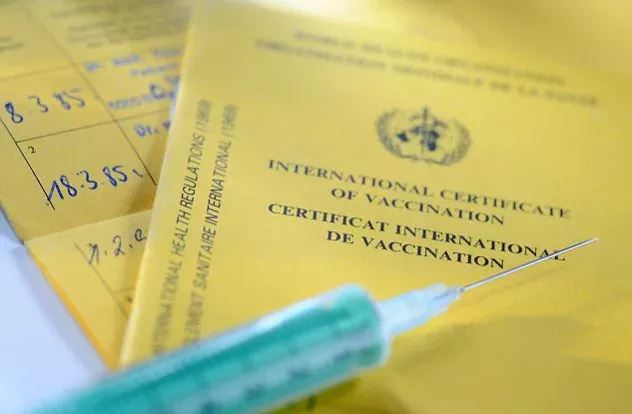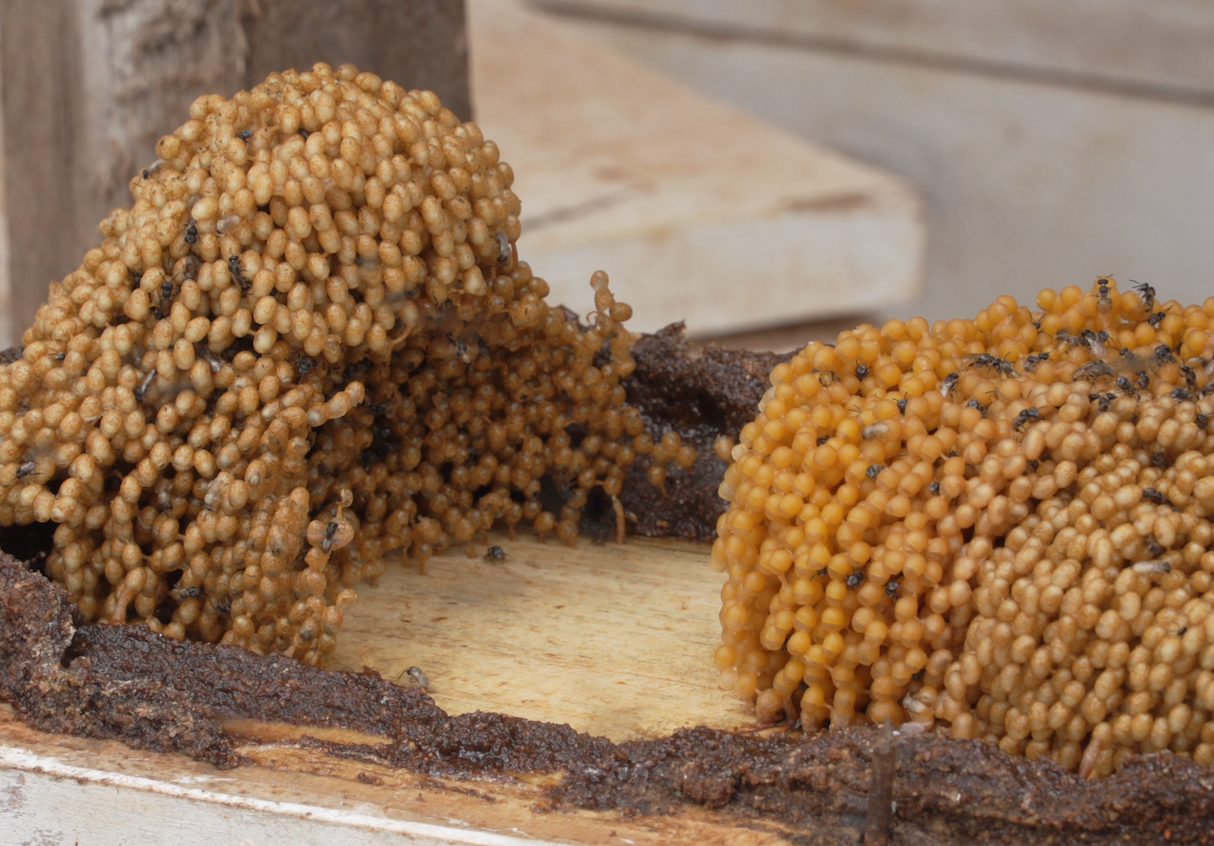
Ethiopia at high risk of yellow fever outbreak: WHO
As Ethiopia battles to stop the spread of the deadly coronavirus, the country is also at a high risk of a second scourge after yellow fever was reported in the south, the World Health Organization (WHO) said.
The first two cases were reported on March 3 in the SNNP Region and had risen to six by April 6, WHO said. Of the reported cases, three were members of the same household (father, mother and son) located in a rural Kebele.
“The high number of suspect cases reported over a short time period is of high concern,” according to the statement. “The onset of the rainy season could increase density of mosquito vectors, thereby further exacerbating risk of spread.”
“Vaccination is the primary means for prevention and control of yellow fever. In urban centres, targeted vector control measures are also helpful to interrupt transmission”.
WHO added that it will continue to support local authorities to implement these interventions to control the current outbreak.
The last yellow fever outbreak occurred in the SNNP region in August 2018, with a total of 35 cases (30 suspected and 5 confirmed cases) reported from the Wolayita Zone in the SNNP region, Ethiopia.
While immunization took place in selected aspects of Wolayita Zone, the communities in Gurage zone remain vulnerable to yellow fever infection.






